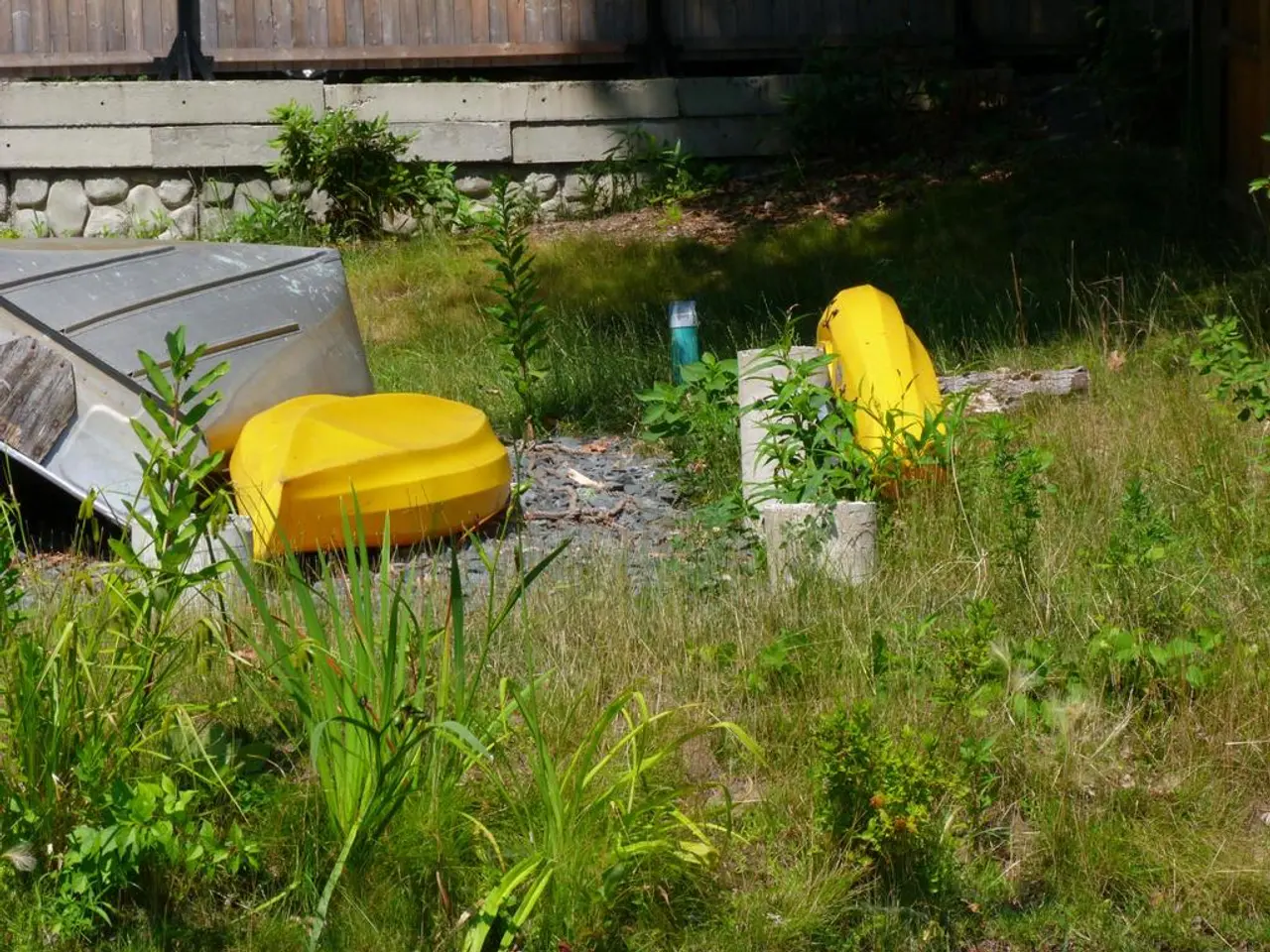Island of Great Barrier in New Zealand Experiences Renewed Attention
Title: Great Barrier Island: A Natural Haven Just Off the New Zealand Coast
Get ready to embark on an eco-adventure only a 55-mile voyage from bustling Auckland. Great Barrier Island, or Aotea, ain't your average tourist destination. With a population of under a thousand, it's more wilderness than metropolis, and the Department of Conservation oversees more than half its land area. This pristine habitat is a sanctuary for unique, native species, making it a must-visit for nature enthusiasts.
Here's some anonymous chatter from our experts. Remember, these perspectives don't necessarily reflect our website, Society's, stance.
"This sprawling island counts only around 650 inhabitants, while roughly two-thirds remain untouched by humans. Its breathtaking coastal scenery is virtually untouched and extraordinarily picturesque."
"The beaches, forests, coastlines, and marine waters are jaw-droppingly beautiful. A majority of the locals are hot on environmental sustainability. That said, the island isn't without its issues, like invasive species, an unsustainable fishing industry, and coastal pollution."
***Our website Expeditions
Hop on a trip with us!** "An island bursting with biodiversity."
"Back to the Full List of Top-Rated Destinations"
The Brown Teal's Last Stand
Great Barrier Island is a vital habitat for the pāteke, a native duck teetering on the brink of local extinction on the island within the next century. Conservation is critical to safeguard this species[1].
Fighting Invasive Species
Pest control is a top priority to maintain the island's native wildlife. Innovative solutions like AI-powered, solar-powered pest traps are being deployed to combat invasive species such as stoats, domestic cats, possums, and rats[4][5].
A Nature Sanctuary
Neighboring islands like Little Barrier provide a haven for some of New Zealand's most intact native ecosystems, underscoring the importance of regional biodiversity preservation[3].
Keeping It Green
Great Barrier Island draws eco-tourists and outdoor enthusiasts who flock to hike, observe wildlife, and admire the natural beauty. The island's conservation efforts appeal to tourists interested in sustainable, nature-focused tourism. However, challenges like plastic pollution (like nurdles washing up on neighboring islands) highlight the need for sustainable tourism practices in the Hauraki Gulf region[2].
In a nutshell, Great Barrier Island is an eco-sensitive haven, where preserving endangered native species and combating invasive pests is crucial. Its sparse population is generally environmentally conscious, and tourism revolves around nature-centric experiences[1][2][3][4][5].
The pristine landscapes of Great Barrier Island, with its unspoiled coastlines and untouched marine waters, make it an ideal location for an eco-expedition.The diverse biodiversity of the island, including the native pāteke duck, highlights the importance of conservation efforts to protect endangered species.The deployment of innovative technologies, such as AI-powered pest traps, demonstrates the island's commitment to sustainable environmental practices.With its focus on conservation, Great Barrier Island attracts tourists seeking eco-friendly travel experiences, while also facing challenges like plastic pollution in the Hauraki Gulf region.As a nature sanctuary with a limited human presence, the island serves as a crucial habitat for native species, making it essential to practice responsible travel and keep its environment sustainable.*By traveling to Great Barrier Island, tourists contribute to the preservation of biodiversity, support sustainable conservation efforts, and promote a lifestyle that prioritizes environmental-science and the well-being of our planet.





